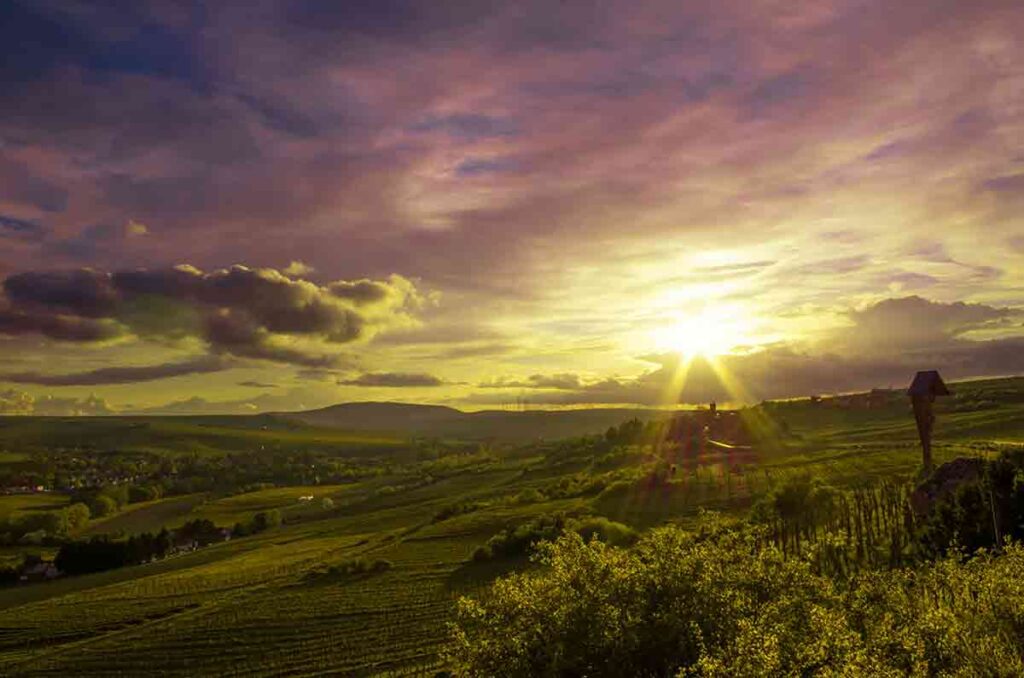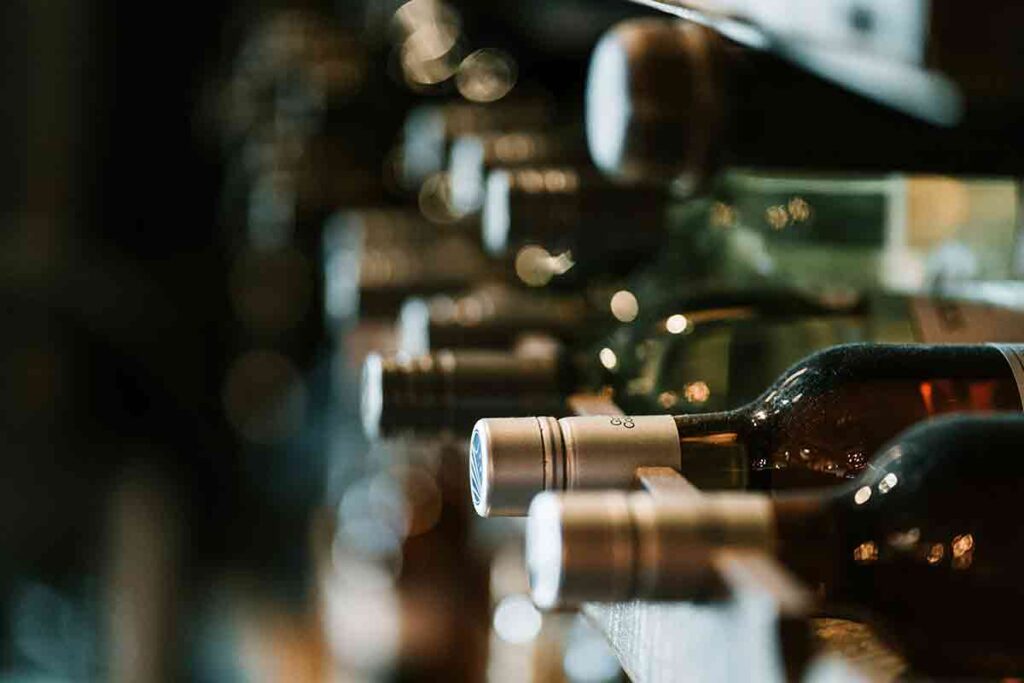PIWI and organic wine boom
Germany sees continued growth in robust grape varieties
The cultivation of new disease-resistant grape varieties in Germany continues to expand. According to the German Wine Institute (DWI) and vineyard statistics from Destatis, PIWI varieties were grown on approximately 3,500 hectares in 2024—an increase of 10% compared to the previous year. They now account for 3.5% of the country’s total vineyard area. Among these robust varieties, one of the biggest success stories is the white grape Souvignier Gris, which recorded the highest growth of any variety last year, expanding by 208 hectares. With around 600 hectares, it is now Germany’s most widely planted PIWI variety, followed by Cabernet Blanc, which covers 335 hectares.
Shifts in white and red varieties
Beyond PIWIs, traditional white grape varieties also saw gains. Chardonnay led the way with an increase of 138 hectares, followed by Sauvignon Blanc (+52 ha), Pinot Blanc (+44 ha), and Pinot Gris (+32 ha).
The red wine segment, however, continued its downward trend. The area planted with red grape varieties decreased by 438 hectares, bringing the total to 31,872 hectares. This decline reflects the overall drop in red wine consumption in Germany. Despite this, certain red grape varieties defied the trend: international classics like Merlot (+30 ha) and Cabernet Sauvignon (+14 ha) expanded, as did two new robust red wine varieties, Pinotin (+10 ha) and Cabernet Cortis (+9 ha).
“The increases in the new robust grape varieties and in the southern varieties in the red wine sector show that German winegrowers are increasingly adapting to the challenges of climate change,” commented DWI Managing Director Monika Reule.

Overall vineyards area sees first decline in years
Germany’s total vineyard area shrank slightly in 2024, decreasing by 392 hectares (-0.4 %) to 103,295 hectares. This marks the first decline in vineyard acreage since the authorization of new plantings in 2016.
Several key wine regions experienced reductions:
- Baden lost 225 hectares,
- Württemberg decreased by 213 hectares, mainly due to a drop in Trollinger plantings,
- Mosel (-95 ha) and Franken (-45 ha) also saw notable declines.
However, Rheinhessen, Germany’s largest wine-growing region, bucked the trend. It expanded its vineyard area by 171 hectares, bringing its total to 27,671 hectares.
Organic vineyards on the rise
In contrast to the decline in vineyard area, organically cultivated vineyards in Germany continued their upward trajectory. In 2023, organic vineyard acreage reached 15,300 hectares, reflecting an increase of 1,500 hectares compared to 2022—a growth rate of 11%. As a result, organic viticulture now accounts for 15% of Germany’s total vineyard area.
With climate change, shifting consumer preferences, and sustainability in focus, German winegrowers are adapting their strategies. The rise of robust grape varieties and organic viticulture signals a changing landscape for the country’s wine industry.
https://www.winesofgermany.com

If you are interested in data from the wine industry, read here the latest Italian wine export data to the US